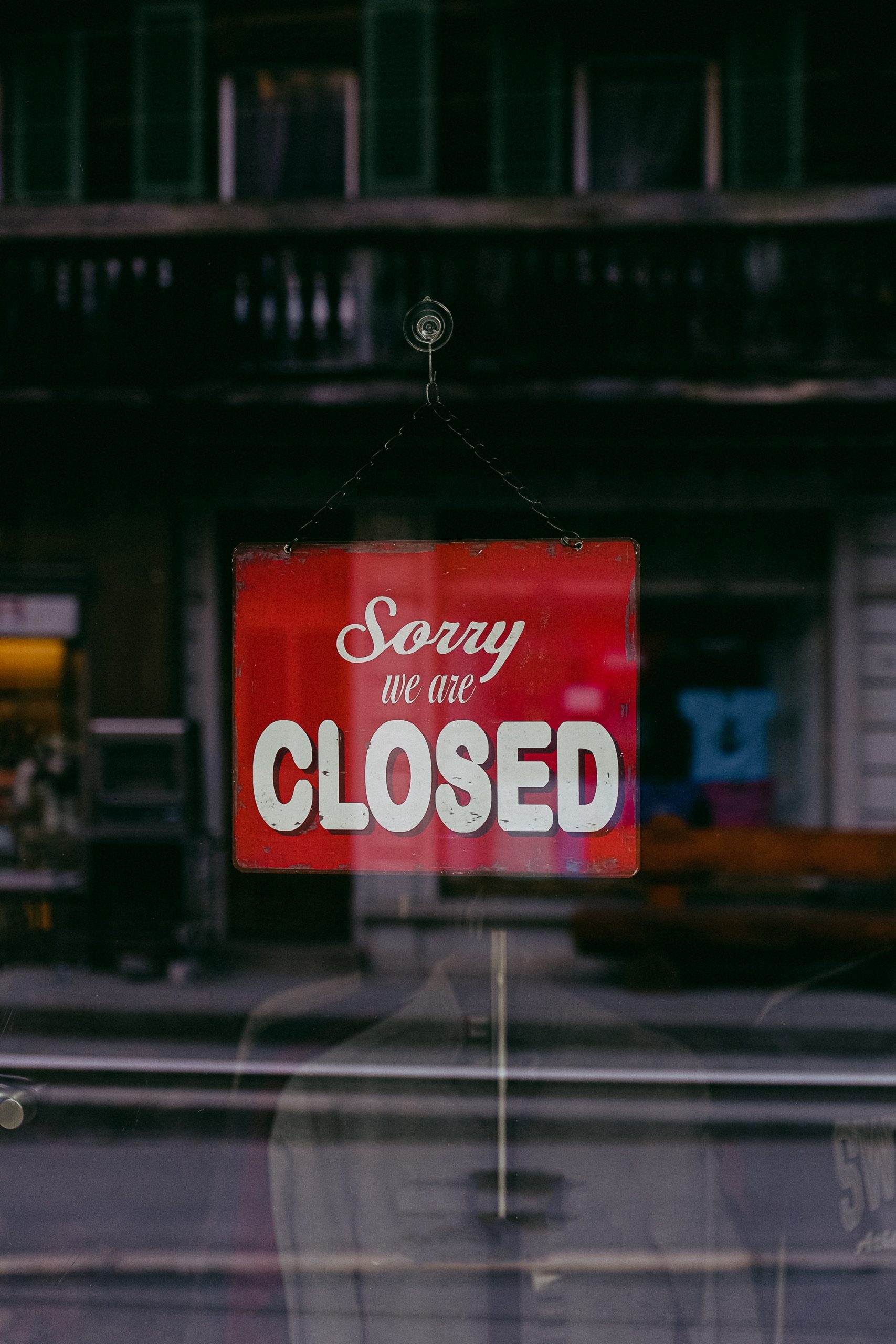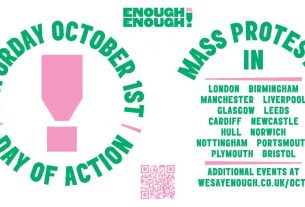The number of workers made redundant in the UK has soared to a record high in the three months to October – the original date for the end of the job furlough scheme.
Figures released by the Office of National Statistics (ONS) show 819,000 fewer workers on company payrolls compared to pre-pandemic levels – a rise of 370,000 between August and October.
The spike is the biggest since records began in 1992 and has been fuelled by the impact of lockdowns, shutdowns and other Covid restrictions that have hit the hospitality sector hard, with high street retail also suffering.
The ONS’s director of economic statistics Darren Morgan told BBC Radio 4’s Today programme: “It you look at the number of people losing their jobs, the number of people on furlough and the vacancies available for people looking for jobs in the hospitality sector, all that adds up to a very difficult time for that industry.”
Sunak’s ‘chopping and changing’ to blame, says Dodds
Unemployment now stands at 1.69 million – 4.9% – and as jobless claims rise and the number of people employed falls, the number of vacancies has plummeted by a third compared to the number of jobs advertised last year.
Chancellor Rishi Sunak announced the furlough scheme would be extended to March 2021 when the second national lockdown in England came into effect in November.
However, for many businesses that came too late for them to hold on to staff and Labour’s Anneliese Dodds, the shadow chancellor said Sunak’s “chopping and changing” of the financial support offered to workers and businesses is to blame for the rise.
Dodds tweeted: “Redundancies rocketed to a record high of 370,000 in the three months to October. That was when the clock was ticking down to the Chancellor’s furlough cliff edge and he was chopping and changing on support for businesses. His irresponsible decisions have cost jobs.”
UK’s youth are losing hope
Helia Ebrahimi, economics correspondent for Channel 4 News reports that young people have been particularly affected and are “now four times more likely to be out of work than the rest of the population”.
Ruby Smith from the Prince’s Trust said 41% of young people believe “their future aspirations now feel impossible to achieve”, with that figure “as high as 50%” among young people from poorer backgrounds.
“There is a sense of a loss of hope about the future,” Smith told Channel 4 News.
Risk of automation is a ‘double whammy’
Compounding that sense of hopelessness is a report in Guardian which states that 61% of the furloughed jobs in the UK are in sectors at the greatest risk of automation.
A two-year investigation by a commission made up of academics and trade unionists, chaired by Labour MP Yvette Cooper reports that many furloughed jobs will not return as a result of automation.
The report found that workers in the hospitality, leisure and retail sectors that have been hardest hit by the pandemic now face a “double whammy” given their jobs are most at risk of being filled by machines.




